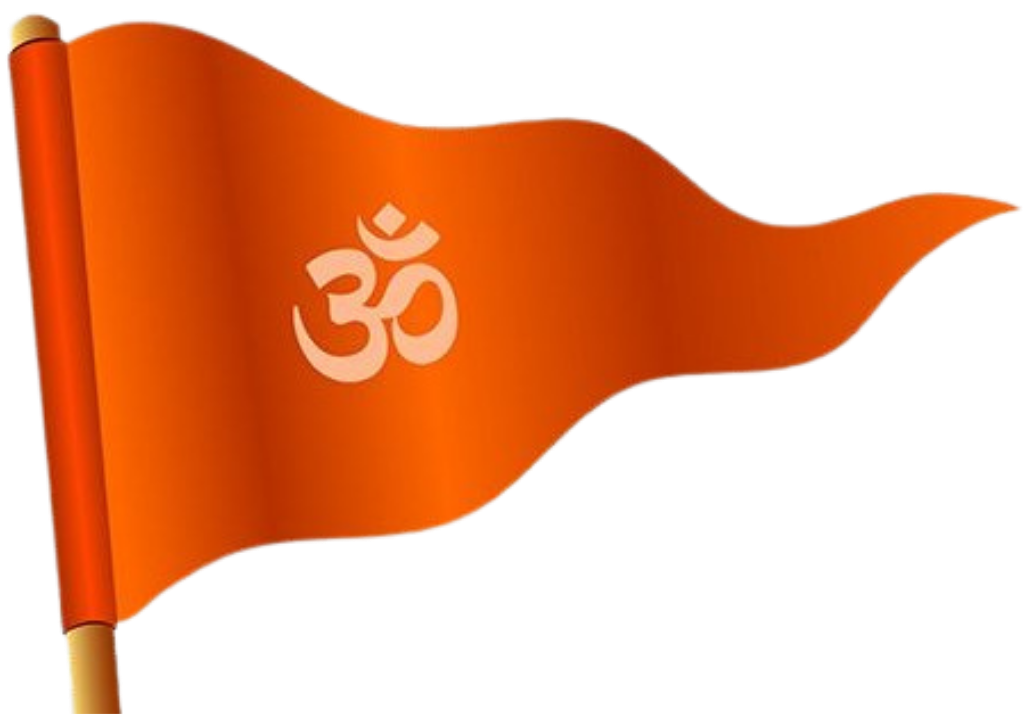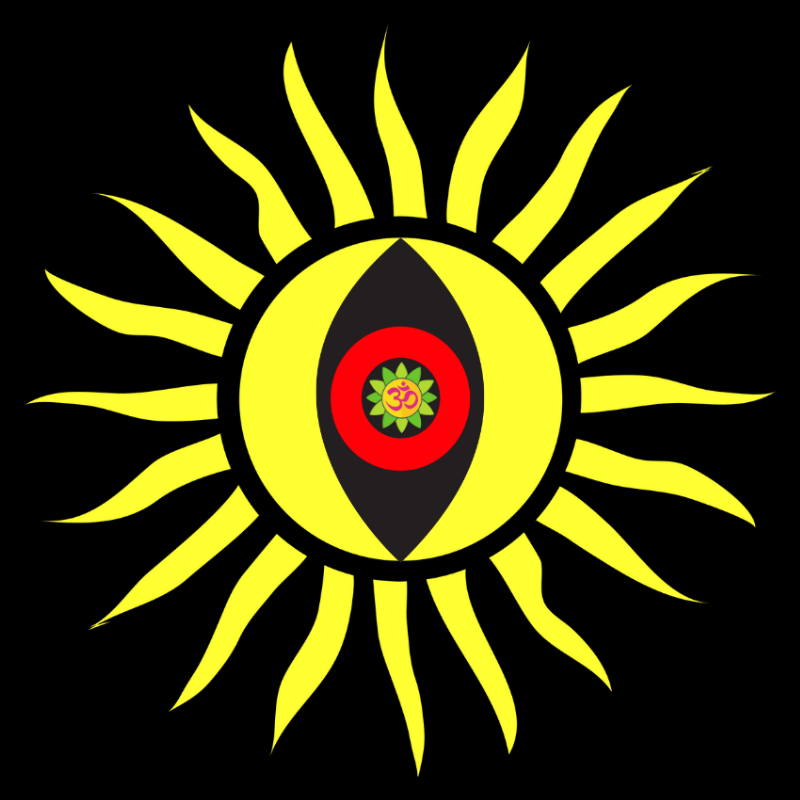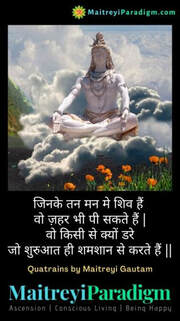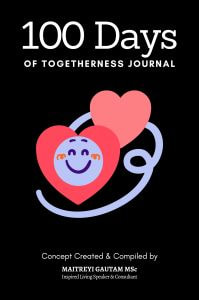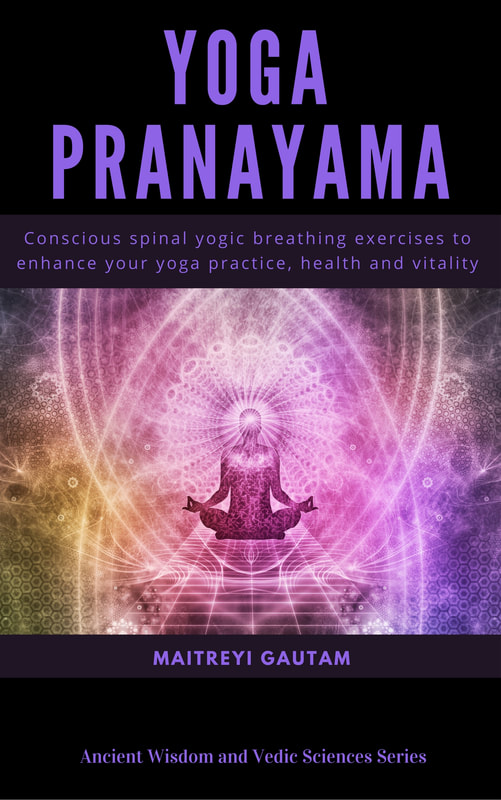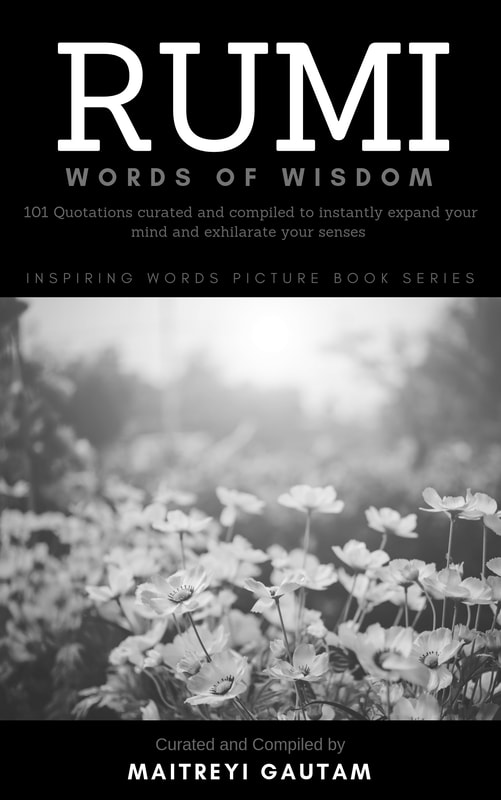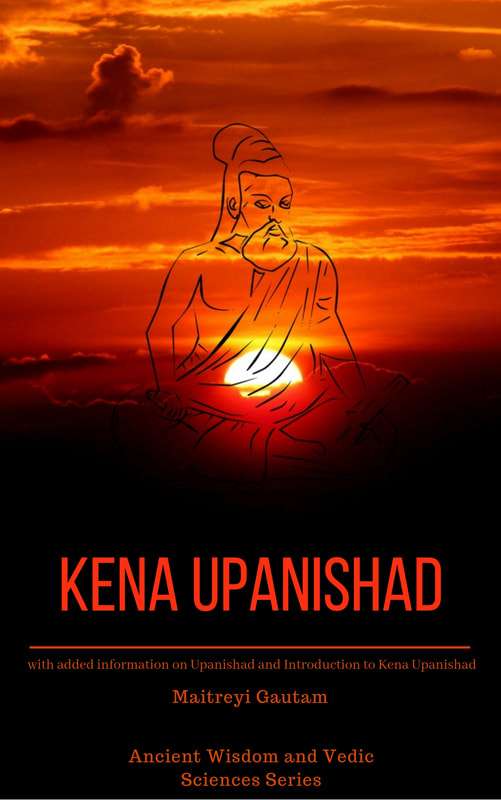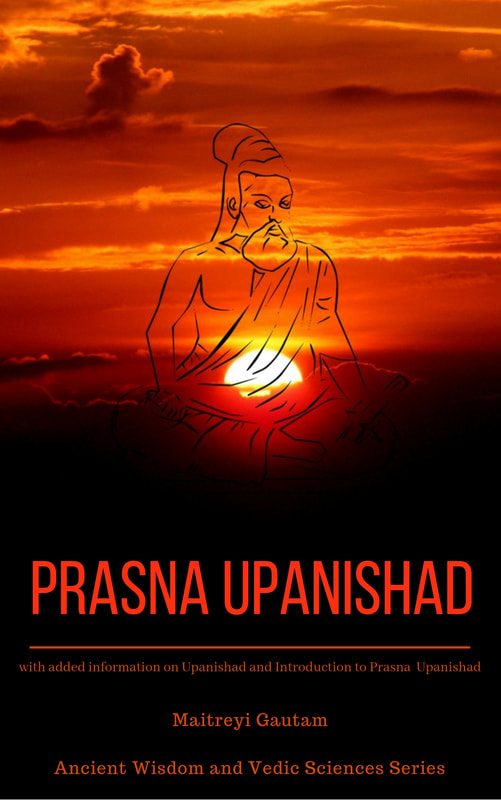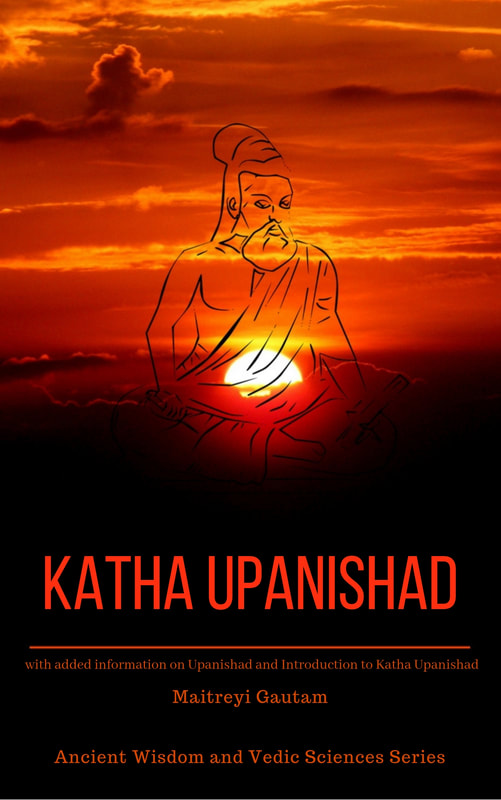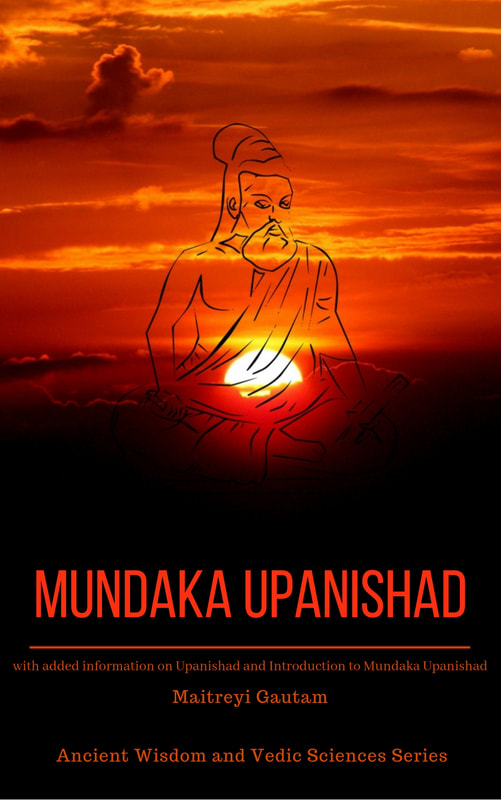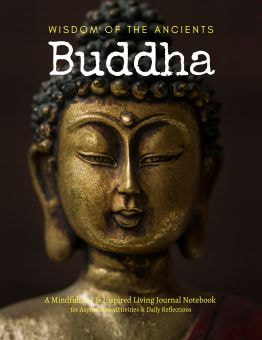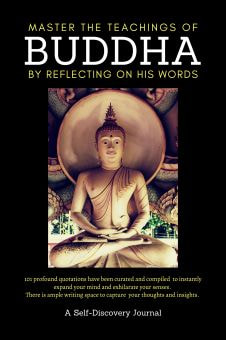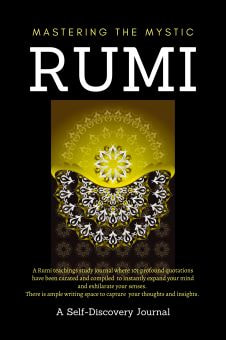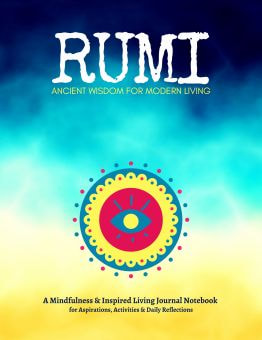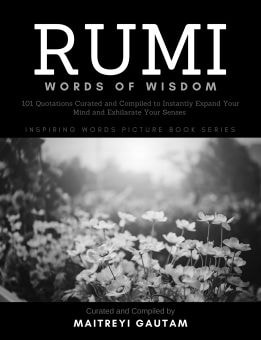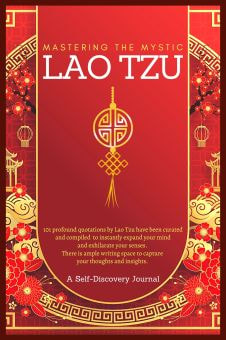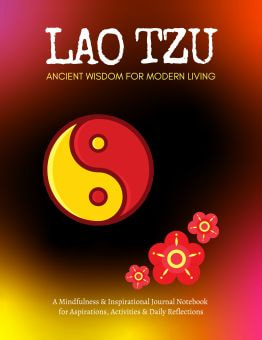Vedic literature is compiled into four parts; each part has a unique importance.
1. Rigveda –
The oldest amongst the four Vedas. It contains ‘mantra’ and hymns. The word ‘Ric’ indicates unification of logic and it praises forms of energy. The praises are composed for the deities like Agni, Rudra, Varuna, Surya, Indra, Brahmanaspati, Vayu etc, and hence praising different forms of energy of the cosmos. The ‘samhita’ consists of 1017 hymns (suktas) and are further divided into various chapters or mandalas. Scientifically, Rigveda is a theorem which can be deduced in sequential steps producing a phenomenon. The first sloka of the Rigveda is a fundamental and universal principle and all other slokas are based on this theorem.
2. Yajurveda –
Yajurveda is derived from the word ‘’Yajus’’ which means formula for the theorems or the Yagnas. The veda was compiled some centuries after the Rigveda. Yajurveda is divided into two parts ‘Shukla’ and ‘Krishna’. The veda consists of proceedings that needs to be made while performing rituals which in turn results in awakening inner consciousness and purifying one’s soul. Krishna or the dark yajurveda is divided into four branches while Shukla or white Yajurveda is divided into two branches.
3. Samaveda –
In today’s world, the seven notes of music that exists were actually derived from the Samaveda viz. Sa, Re, Ga, Ma, Pa, Dha, Ni. ‘Sama’ means melody. Samaveda consists of 1878 Mantras which is divided further into 99 ‘khandas’. The ‘Mantras’, mostly taken from Rigaveda, are changed into ‘Gana’ - giving a melodious effect to the Mantras. Singing these Mantras is called as ‘Samagaana’ or melodious singing and chanting of the mantras. The verses are addressed to Agni, Indra and Soma.
4. Atharvaveda –
The fourth veda was deciphered by two separate group of disciples – Athirvan and Angiras. Atharvaveda is divided into 20 kandhas, comprising of 730 hymns and 5,987 mantras. This Veda gives the knowledge of Ayurvedic concepts – curative power of herbs , Caste and professions , Choice of husband , International concord , Deities , Hymns to earth , education , family concord , foes and defense , Health and Bliss , Hospitality for strangers , house , knowledge for all, Marriage , Oneness , Polity and governess , sanctity , and about slavery. Hence, Atharvaveda consists of specific rules of laws of nature and how to imply them in our day to day life. It’s a Veda for the wise and the learned.
1. Rigveda –
The oldest amongst the four Vedas. It contains ‘mantra’ and hymns. The word ‘Ric’ indicates unification of logic and it praises forms of energy. The praises are composed for the deities like Agni, Rudra, Varuna, Surya, Indra, Brahmanaspati, Vayu etc, and hence praising different forms of energy of the cosmos. The ‘samhita’ consists of 1017 hymns (suktas) and are further divided into various chapters or mandalas. Scientifically, Rigveda is a theorem which can be deduced in sequential steps producing a phenomenon. The first sloka of the Rigveda is a fundamental and universal principle and all other slokas are based on this theorem.
2. Yajurveda –
Yajurveda is derived from the word ‘’Yajus’’ which means formula for the theorems or the Yagnas. The veda was compiled some centuries after the Rigveda. Yajurveda is divided into two parts ‘Shukla’ and ‘Krishna’. The veda consists of proceedings that needs to be made while performing rituals which in turn results in awakening inner consciousness and purifying one’s soul. Krishna or the dark yajurveda is divided into four branches while Shukla or white Yajurveda is divided into two branches.
3. Samaveda –
In today’s world, the seven notes of music that exists were actually derived from the Samaveda viz. Sa, Re, Ga, Ma, Pa, Dha, Ni. ‘Sama’ means melody. Samaveda consists of 1878 Mantras which is divided further into 99 ‘khandas’. The ‘Mantras’, mostly taken from Rigaveda, are changed into ‘Gana’ - giving a melodious effect to the Mantras. Singing these Mantras is called as ‘Samagaana’ or melodious singing and chanting of the mantras. The verses are addressed to Agni, Indra and Soma.
4. Atharvaveda –
The fourth veda was deciphered by two separate group of disciples – Athirvan and Angiras. Atharvaveda is divided into 20 kandhas, comprising of 730 hymns and 5,987 mantras. This Veda gives the knowledge of Ayurvedic concepts – curative power of herbs , Caste and professions , Choice of husband , International concord , Deities , Hymns to earth , education , family concord , foes and defense , Health and Bliss , Hospitality for strangers , house , knowledge for all, Marriage , Oneness , Polity and governess , sanctity , and about slavery. Hence, Atharvaveda consists of specific rules of laws of nature and how to imply them in our day to day life. It’s a Veda for the wise and the learned.

